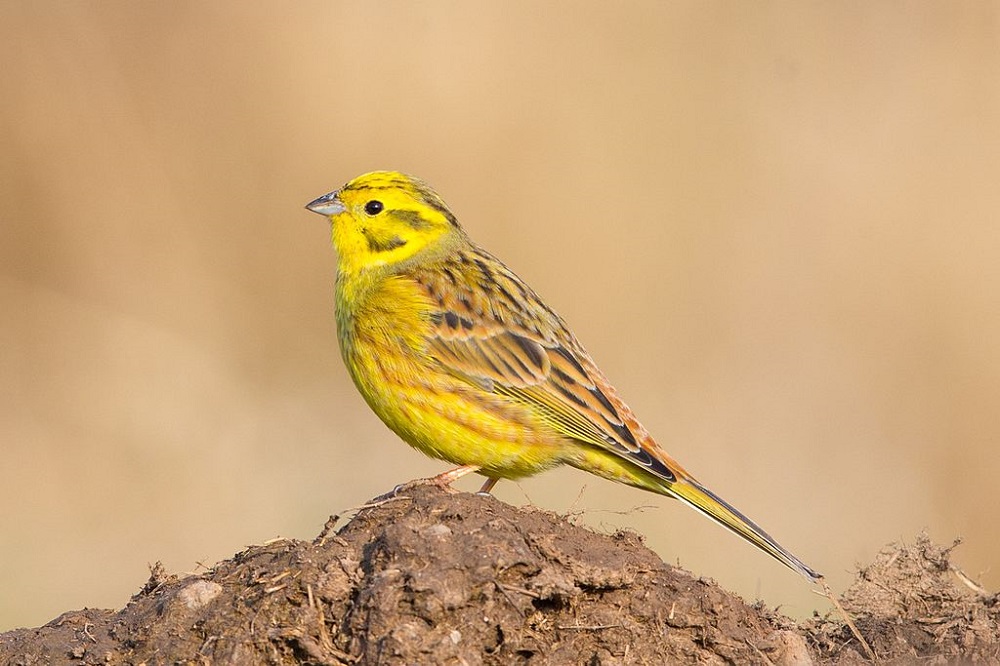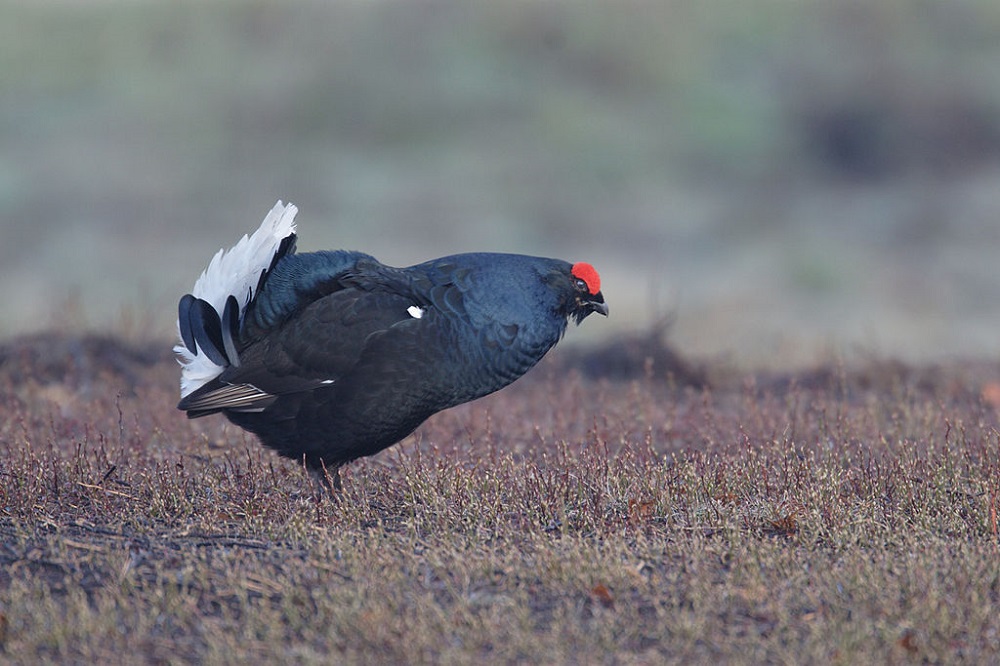Red Alert: Bird decline in Wales accelerates

A quarter of the bird species in Wales are now on the Red List, meaning they are declining and need conservation help. The latest review of the status of birds in Wales comes 20 years after the first, when the Red List was less than half the length it is today.
The report, Adar o Bryder Cadwraethol yng Nghymru/ Birds of Conservation Concern Wales, assessed all 220 bird species which regularly occur in Wales and was compiled by bodies such as the Welsh Ornithological Society, the British Trust for Ornithology and the RSPB working alongside Natural Resources Wales.
There are now 60 species of bird on the Red List in Wales, with 91 on the Amber List and 69 on the Green List.
The Birds of Conservation Concern in Wales report assesses the status of each species against a set of objective criteria. These are used to quantify the changing status of the species’ Welsh population. The UK, European and global conservation status of the species is also considered, placing the Welsh population into a wider context.
The Red List
Swift, Greenfinch and Rook – familiar breeding species in steep decline across the UK – are among the new additions to the Welsh Red List, which now also includes Purple Sandpiper, on account of a rapidly shrinking Welsh wintering population, and Leach’s Petrel, an enigmatic seabird in decline across its global range. These species now sit alongside well-known conservation priorities, such as Curlew, Hen Harrier and Turtle Dove as birds at risk of being lost from Wales for good.

Many of the species on the Red List are found in upland and farmland habitats. Starling, Tree Sparrow, Yellow Wagtail and Yellowhammer can no longer be found in much of Wales, while iconic species of mountain and moorland, such as Ring Ouzel, Merlin and Black Grouse, remain in serious trouble. Wales is well known for its populations of woodland birds; however, many of these – including Lesser Spotted Woodpecker, Willow Warbler and Spotted Flycatcher – also feature on the Red List. Goldcrest, the smallest bird in the UK, has seen its Welsh population shrink alarmingly in recent decades and is another new addition.
On the coast
The assessment for Birds of Conservation Concern Wales 4 took place before the impacts of avian influenza could be taken into account. Breeding seabird species have been struggling in Wales for many years, however, and most were already of conservation concern before the outbreak of this disease.
Kittiwake, Puffin, Black-headed Gull, and Common, Arctic and Sandwich Tern remain on the Red List. Wales holds internationally significant numbers of breeding seabirds, making the decline of these colonies a global concern.
The Amber List
Declines in Wheatear, Garden Warbler and House Martin – all migrants which breed in Europe and winter in sub-Saharan Africa – mean these species have moved from the Green List to the Amber List. Many other ‘Afro-Palearctic’ migrant species are also in decline, but the potential reasons for this, such as habitat loss and reduced availability of invertebrate prey, are not well understood. Closer to home, the declines in the Welsh Chaffinch population, linked to the disease trichomonosis, have seen the species Amber-listed.
A number of other species have been placed on the Amber List because of the wider importance of their Welsh populations, which in each case make up more than half the UK total. Wales is home to more than three quarters of the UK’s Choughs, for example, so recent declines are cause for concern. The nation’s breeding populations of Manx Shearwater, Pied Flycatcher, Goshawk and Hawfinch also account for more than half the UK total, as does its wintering population of Spotted Redshank.
Close to our homes, Swifts are placed on the Red List and House Martin on Amber for the first time, reflecting the availability of nesting habitat and insect food, perhaps both in Wales and across their long journeys to Africa. Greenfinch moves to Red and Chaffinch to Amber, a result of the disease Trichomonosis shared at garden feeding stations.
It’s not all bad news, though: some species now on the Amber List have moved up from the Red List, indicating some positive change in their population trends. These include Common Sandpiper, Great Black-backed Gull, Bullfinch, Goldcrest and Pied Flycatcher.
The Green List
While the report contains much cause for alarm, several conservation success stories shine through.

The Green-listing of Red Kite, a standard-bearer of Welsh conservation effort for more than a century, is a stand-out example of nature recovery.
Red Kite was almost lost as a British bird during the first half of the 20th century, when only a handful of pairs remained in remote Welsh valleys. Since then, a sustained conservation effort has brought the species back from the brink. Wales is now home to more than 2,500 pairs of Red Kite and the species has now been moved to the Green List, reflecting this incredible change in fortunes.
Some other species have moved from Amber to Green as a result of habitat restoration but are also symptomatic of a changing climate. For example, Avocets have become established in north Wales since 2017, most likely a result of both factors.
There is hope for some species that feed on farmland and nest in damp, marginal habitats. Song Thrush and Reed Bunting have moved from Amber to Green for the first time, reflecting the partial recovery of their populations both in Wales and across the UK.
Long-tailed Tit, Redwing and Kingfisher are among the other species to have gone Green, providing much-needed hope that things can go up as well as down.
Several species, such as Cattle Egret and Great White Egret, are increasing in number and were assessed for the first time. Both are now regular visitors to Wales and on the brink of nesting here.
Support our Nation today
For the price of a cup of coffee a month you can help us create an independent, not-for-profit, national news service for the people of Wales, by the people of Wales.







This is such an important survey albeit rather depressing. It is a wake-up call to us all before our natural wake-up calls disappear! Although the conservation success stories shine through we have to radically revise our attitude towards nature of which we are but a thread. The need to recognise the relationality of the planet and shed our human arrogance led me to write my new book from UWP: Animals, Animality and Controversy in Modern Welsh Literature and Culture. Looking at Welsh history through an animal’s agenda in researching this book opened my eyes and has convinced me of the… Read more »
I shall have to ask my librarian to order a copy. Great cover, Steve Bell would approve, the man is a passionate ‘animalist’ himself…